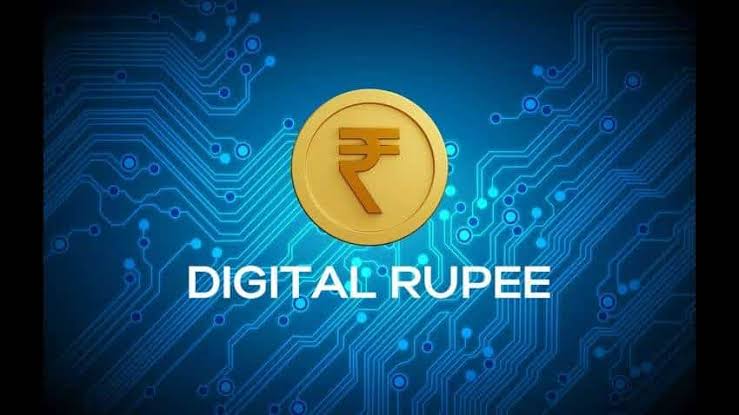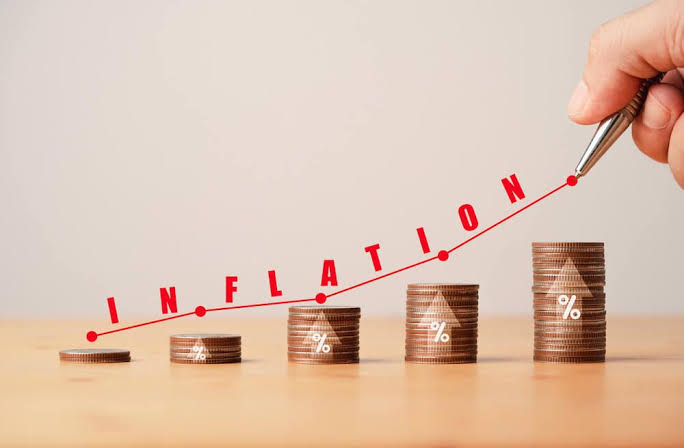Introduction
Digital gold has emerged as a popular investment option in India, providing a convenient and modern way to invest in a traditional asset. With its low entry barriers and easy accessibility, digital gold has revolutionized how Indians view and invest in gold. This article explores the growth of digital gold investments in India, factors driving its adoption, challenges, and future prospects.
What is Digital Gold?
Digital gold refers to the purchase and holding of gold in electronic form, where investors buy fractional quantities of gold through digital platforms. The gold is stored securely in vaults and can be converted into physical gold or sold back at prevailing market rates.
Key Features:
- Low Investment Threshold: Start with as little as ₹1.
- Ease of Accessibility: Available through mobile apps, fintech platforms, and online wallets.
- High Liquidity: Can be easily bought and sold online.
- Secure Storage: Eliminates concerns over physical storage and theft.

Factors Driving the Growth of Digital Gold Investments
- Digital Transformation and Fintech Boom
- The rapid growth of digital payment platforms like Paytm, PhonePe, and Google Pay has made digital gold accessible to millions of Indians.
- Integration with Unified Payments Interface (UPI) has simplified transactions further.
- Preference for Safe-Haven Assets
- Amid economic uncertainties and global inflation, investors are seeking refuge in gold as a stable and reliable asset.
- Young and Tech-Savvy Population
- Millennials and Gen Z are driving demand for digital gold due to its convenience and alignment with digital lifestyles.
- Financial Inclusion
- Digital gold allows people in rural and semi-urban areas to invest in gold without the need for traditional banking infrastructure.
- Tax Efficiency
- Digital gold investments avoid the complications of GST on making charges, which apply to physical gold jewelry.
Performance of Digital Gold Market in 2024
- Growing Investor Base
- Platforms report a steady increase in the number of users purchasing digital gold, particularly in Tier 2 and Tier 3 cities.
- Women investors form a significant portion of the market, aligning with traditional preferences for gold as an asset.
- Price Trends
- Gold prices have remained robust in 2024 due to geopolitical tensions and inflation concerns, further boosting digital gold demand.
- Collaborations with Financial Institutions
- Partnerships between fintech companies and traditional financial institutions have increased the credibility and reach of digital gold.
- Use in Wealth Management
- Digital gold is being integrated into diversified portfolios and investment plans offered by wealth management firms.
Challenges in Digital Gold Investments
- Lack of Regulatory Framework
- Digital gold is not regulated by entities like SEBI or RBI, creating uncertainty for investors.
- Recent discussions on regulating gold-related digital assets could address this gap.
- Volatility in Gold Prices
- Although gold is a safe haven, it is not immune to price fluctuations influenced by global economic conditions.
- Storage and Purity Concerns
- While most platforms ensure storage in secure vaults, questions around transparency and gold purity standards persist.
- Limited Awareness
- Many potential investors in rural areas remain unaware of digital gold’s benefits and availability.
Future Prospects of Digital Gold Investments
- Regulatory Evolution
- The introduction of clear regulations by RBI or SEBI could enhance trust and attract more investors.
- Integration with Financial Products
- Digital gold is likely to become a key component of investment-linked insurance plans, mutual funds, and ETFs.
- Blockchain Technology
- Blockchain-based solutions can improve transparency, traceability, and security in digital gold transactions.
- Global Expansion
- Indian platforms are exploring opportunities to offer digital gold to NRIs and global markets, tapping into India’s gold affinity.
- Educational Campaigns
- Awareness initiatives by fintech platforms and financial advisors will expand the reach of digital gold, particularly in underpenetrated markets.
Conclusion
Digital gold has successfully bridged the gap between tradition and modernity, transforming gold investment in India. While challenges such as regulatory uncertainty remain, the sector’s strong growth trajectory reflects its potential as a mainstream investment avenue. As technology continues to evolve, digital gold is poised to play a significant role in the financial portfolios of Indian investors, offering a secure and convenient way to benefit from the enduring allure of gold.

